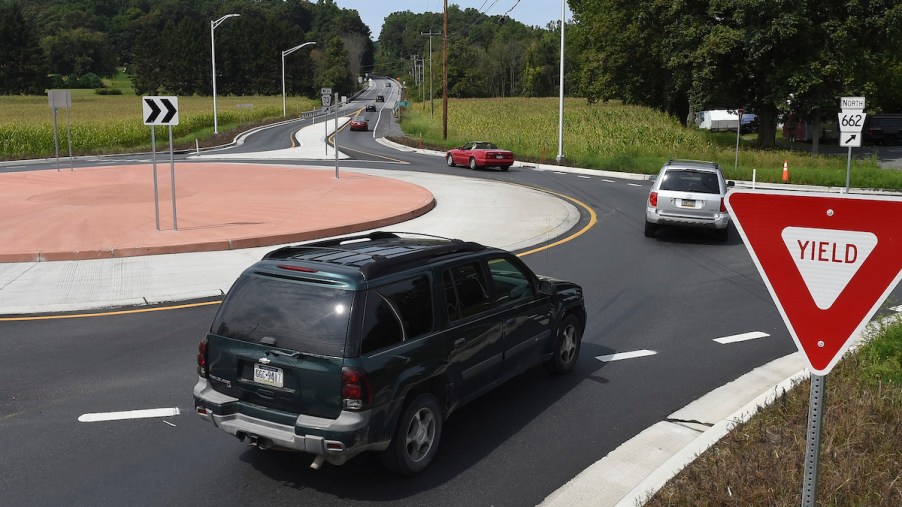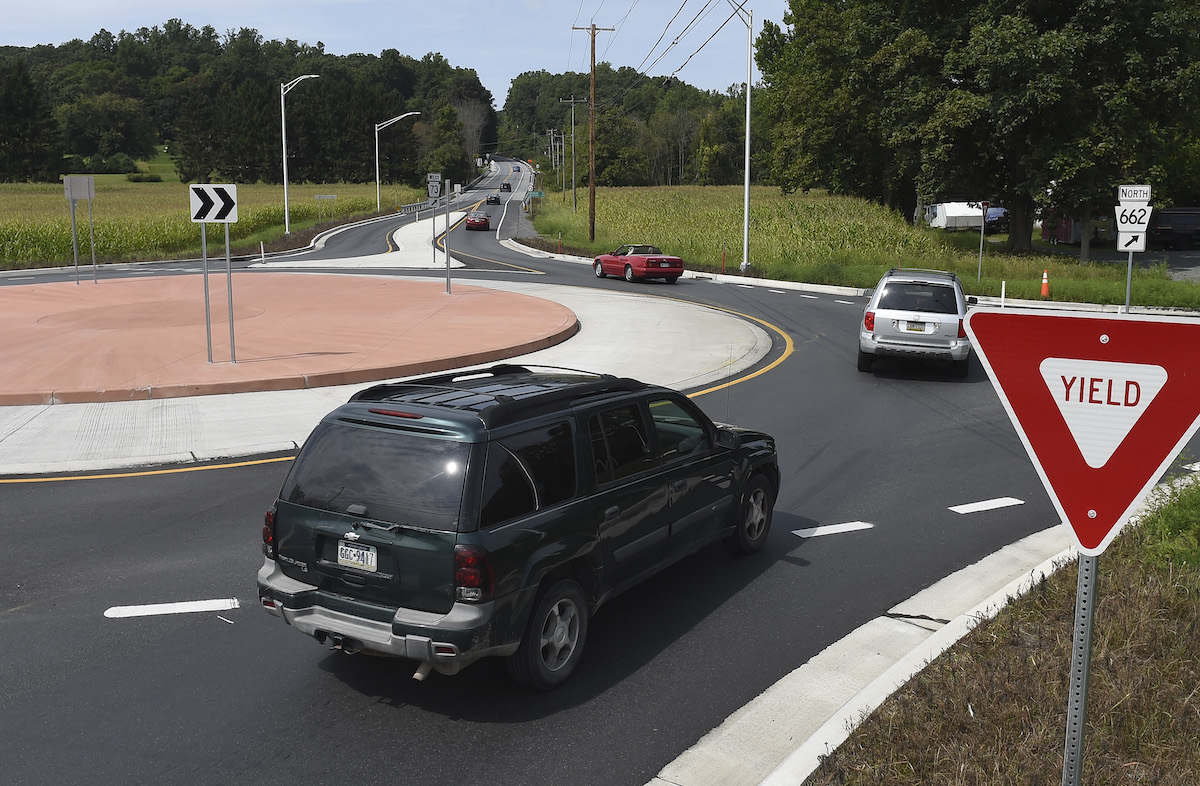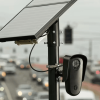
Are Roundabouts and Traffic Circles the Same? The Answer Might Surprise You
Driving can be hazardous at intersections, where the chance of collisions is higher. To mitigate this risk, roundabouts are gaining traction in the United States because they’re considered safer than four-way stops. Some people use the terms “roundabout” and “traffic circle” interchangeably. But are roundabouts and traffic circles the same? Read on to find out.
What are roundabouts and traffic circles?

The Washington State Department of Transportation defines a roundabout as “a circular intersection where drivers travel counterclockwise around a center island.” Or, put another way, Erie Insurance defines “roundabout” as “a circular roadway that goes around a raised central island.”
These definitions leave out a lot of detail, of course, and might sound similar to a traffic circle, which the Municipality of Anchorage defines as “raised islands placed in intersections around which traffic circulates. They are sometimes called intersection islands.”
Although those definitions might be accurate, they don’t necessarily distinguish between roundabouts and traffic circles. So let’s take a more in-depth look at the two types of circular intersections.
What’s the difference between a roundabout and a traffic circle?
Roundabouts and traffic circles have some things in common: Both involve cars traveling around a circular island, and both follow standard traffic laws. But that’s pretty much where the similarities end.
Traffic circles are often larger than roundabouts and involve a series of “T” intersections controlled through stop signs or traffic lights. To exit a traffic circle, a vehicle must be in the outer lane, and exiting requires a relatively sharp turn out of that lane.
Roundabouts, on the other hand, allow entry alongside circulating traffic without stopping, although yielding is often required. Generally, all roundabout lanes allow cars to exit, and exiting involves going straight at the appropriate intersection rather than turning. Roundabouts are considered more efficient than traffic circles because they have a lower propensity for creating traffic backups. They’re also considered safer than four-way stops because they slow traffic and lower the risk of head-on collisions.
A brief history of the circular intersection
Roundabouts date back centuries — at least to the late 1700s. For example, the famed Arc de Triomphe in Paris was built in 1780 at the center of the busy traffic circle known today as Place Charles de Gaulle.
One of the first modern traffic circles is New York City’s Columbus Circle. “Completed in 1905, Columbus Circle was created by businessman and traffic safety pioneer William Phelps Eno, and while there is some debate on the subject, it is widely considered to be the world’s first proper traffic circle,” Fox News reports.
According to the Washington State Department of Transportation, we can trace the beginning of modern roundabouts to the United Kingdom in 1956. That’s where the world saw the construction of the first “yield-at-entry” roundabouts.
Then, in 1966, “a nationwide yield-at-entry rule launched the modern roundabout revolution.” At the forefront of this revolution were countries tracing their history to the British Empire, such as Australia, which drive on the left side of the road. Countries that travel on the right side were not as quick to catch on to the advantages of roundabouts, but these nations have been constructing more in recent years.
Roundabouts and traffic circles might still confuse some drivers in the United States. But with every passing year, more motorists navigate these circular intersections, so the mystery will likely wear off sooner than later.


